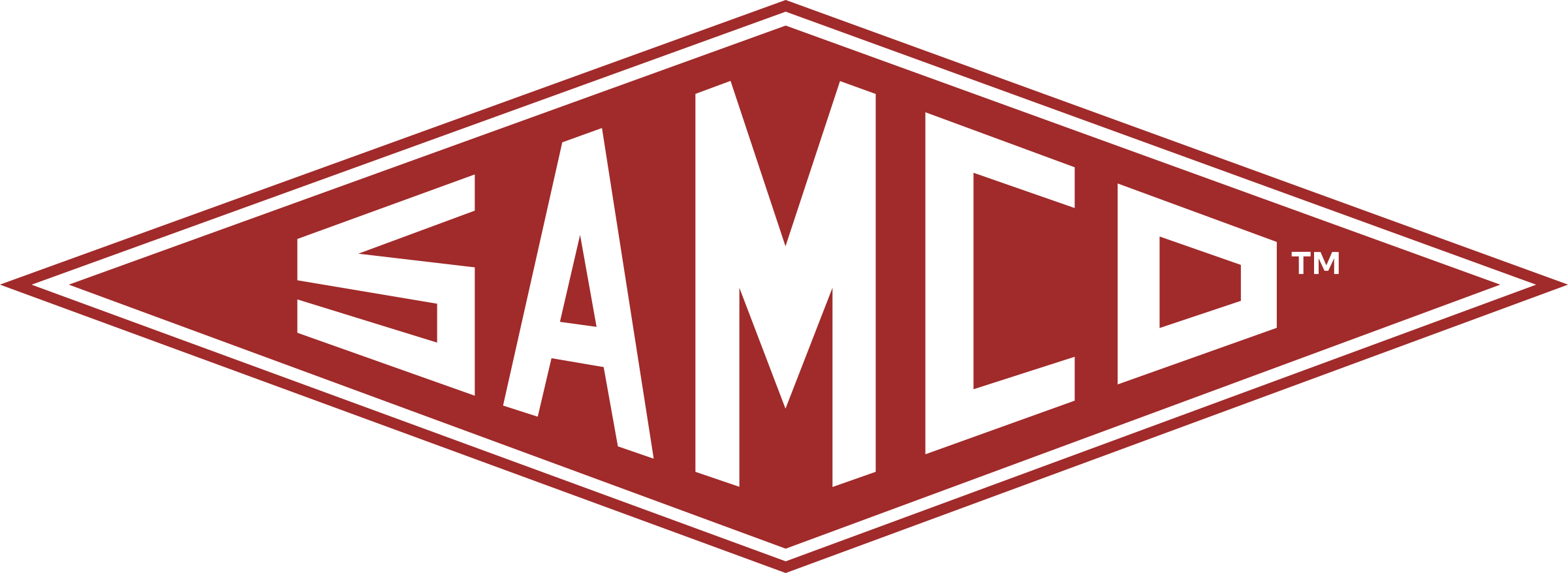
Understanding the Role of Crankshafts in Reciprocating Gas Compressors
As a natural gas reciprocating compressor industry expert, I believe it is crucial for those involved in this field to have a comprehensive understanding of the various components that make up this complex machinery. Today, we will dive deep into a significant component of reciprocating gas compressors – the crankshaft.
Role of Crankshafts in Reciprocating Gas Compressors
The crankshaft plays a pivotal role in converting reciprocating motion into rotary motion, thereby driving the entire compressor system. Its significance cannot be overstated, as it ensures smooth and efficient operation of the compressor.
To grasp the importance of the crankshaft, we must first understand its construction and components. Crankshafts are typically made of high-strength forged steel and undergo rigorous manufacturing processes to ensure durability and precision. They consist of several essential parts that work in harmony to translate reciprocating motion into rotary motion.
The main components of a crankshaft include the main journal, crankpin, crank throws, and webs or counterweights. The main journal connects the crankshaft to the compressor’s bearings, providing stability and support during operation. Crankpins are connected to the pistons through connecting rods, enabling the conversion of linear motion into rotational force.
The crank throws are the angled sections that connect the main journal with the crankpins, enabling the piston’s motion to be effectively transferred to the rotary motion of the crankshaft. The webs or counterweights are strategically placed to balance the crankshaft’s rotating mass, reducing vibrations and ensuring smoother operation.
One crucial aspect of crankshaft design is its ability to withstand high stresses and loads. As the compressor operates, the crankshaft encounters tremendous forces due to gas compression and the inertia of moving parts. This requires careful engineering to avoid excessive deflection, bending, or even failure.
Moreover, the crankshaft must be precisely balanced to minimize vibrations. Vibrations can lead to fatigue cracks, mechanical failures, and increased wear on other components of the compressor system. Skilled engineers calculate and adjust the counterweights to ensure the crankshaft remains dynamically balanced during operation, reducing stress on the entire machine.
Maintenance and periodic inspections are crucial for the longevity and optimal performance of the crankshaft. Regular checks for signs of wear, corrosion, or fatigue cracks are essential to prevent catastrophic failures and unplanned downtime. Proper lubrication is also crucial to reduce friction and heat generation, extending the crankshaft’s lifespan.
Conclusion
In conclusion, the crankshaft is a vital component within the reciprocating gas compressor system. Its role in converting reciprocating motion to rotary motion ensures the smooth operation of the compressor, making it indispensable to the natural gas industry. By understanding the intricate design, construction, and maintenance requirements of crankshafts, industry professionals can align their practices and better optimize compressor performance.
As technologies continue to evolve and energy demands increase, the reciprocating gas compressor sector must stay informed and adapt to emerging innovations in crankshaft design and manufacturing techniques. With a well-rounded understanding of the crankshaft’s pivotal role, the industry can continue to meet the growing demands of the natural gas sector while ensuring the reliability and efficiency of reciprocating gas compressors for years to come. Contact Samco today to learn more!
